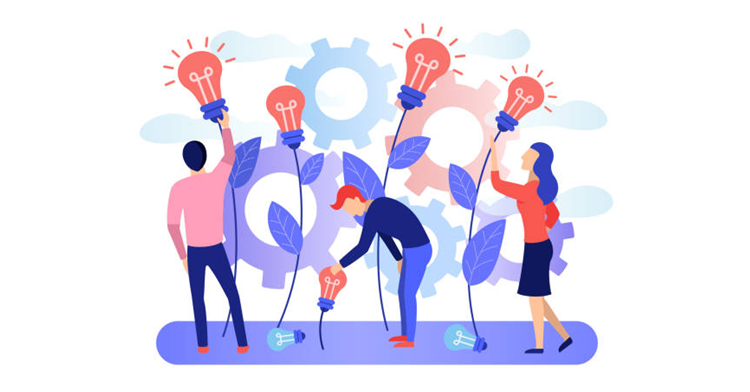1. Promote Diversity in Hiring: Encourage diversity at all levels of the employee lifecycle, from recruitment to career progression, to bring varied skills, knowledge, and perspectives and enhance the organization’s competitive advantage.
2. Create a Culture of Respect and Tolerance: Foster mutual respect among diverse groups by accommodating different cultural events and celebrations, promoting a sense of belonging and inclusivity.
3. Ensure Freedom of Expression: Develop a culture where employees feel safe to express their opinions without fear, strengthening their connection to the organization and fostering innovation.
4. Encourage Diversity in Thinking: Support diverse viewpoints and ideas within the workforce to generate new strategies for business growth and achieve common goals effectively.
Organizations gain tremendous business success by including different perspectives, problem-solving abilities, and a diverse workforce. Hence, organizations must have a roadmap to promote diversity and inclusiveness and overcome the challenges.

Diversity at the workplace can be defined as the ability of an organization to understand, accept, and value individual members of the workforce irrespective of the differences in their age, gender, and cultural, economic, and ethnic backgrounds.
Inclusion at the workplace is about creating a collaborative, supportive, and respectful environment with greater employee participation and contribution.

Organizations acknowledge that embracing diversity and inclusiveness can help them attain desired business outcomes more effectively.
Multiple research studies conducted on the topic have also indicated that diversity and inclusiveness play a critical role in improving the overall organizational effectiveness and enhancing workforce performance.
Organizations adopting diversity and inclusion as their core HR Policy can be assured of several benefits.
The most important of these benefits are as follows:

Diversity helps the overall organizational culture as co-workers share the unique aspects of their culture and beliefs.
This may inspire a positive change in their attitude and approach towards their work and colleagues.
Hence, it can help build an open and inclusive culture in the organization.

It enhances overall efficiency as employees use their distinct skills, backgrounds, and experiences to solve problems at the workplace.

It enhances employer brand value since talented candidates prefer to work where diversity and inclusion are part of the culture.

Finally, having a diverse and inclusive workplace can enhance employee retention significantly as studies have shown.
It can thus pave the way for consistent growth and success of the organization.
The four crucial best practices that organizations should look at implementing are as follows:

Organizations should look at encouraging diversity at every level and stage of the employee lifecycle including recruitment and career progression.
Hence, a diverse workforce benefits from extensive expertise, varied skills, and volumes of knowledge.
These can help the organization better understand its customers and give it a competitive advantage.

Also, organizations must promote mutual respect between diverse groups that exist within their workforce.
Hence, they should follow an unbiased approach to accommodating different groups’ events, occasions, and celebrations.
This will help create a deep sense of belonging among the employees, especially those of minority groups.

Creating a culture where employees get respect, can speak their mind without fear, and are assured of being listened to, can help in promoting inclusion.
It also helps strengthen their connection with the organization and assures them of being truly valued. It also makes it easier to resolve problems and embrace innovative solutions.
Supervisors must be coached to be good listeners and respect opinions and views, even if they contradict their own.

The decision to have a diverse workforce also promotes diversity in the thinking of the workforce.
Hence, organizations should promote such diverse thinking as it helps in generating new ideas and better strategies for business growth.
Moreover, the collective power of diverse opinions and viewpoints helps the organization achieve common business goals.
Read more: A Corporate Guide to Celebrating Women’s Day at Work
Building a diverse and multicultural workforce is the need of the hour for organizations seeking the path of success in these highly competitive and economically testing times. There are multiple benefits for organizations in creating such a workforce.

Lead author: Sagar Chaudhuri, the Co-Founder and CEO of HiFives. He is an HR Tech Evangelist with over 25 years of corporate and entrepreneurship experience. In the past, Sagar has worked in leadership roles with companies such as Genpact, Infosys, and ICICI Bank. He has an engineering degree from IIT Kharagpur and an MBA from IIM Lucknow. Connect on LinkedIn
To stay updated on the latest HiFives blogs, follow us on Twitter (@MyHiFives)